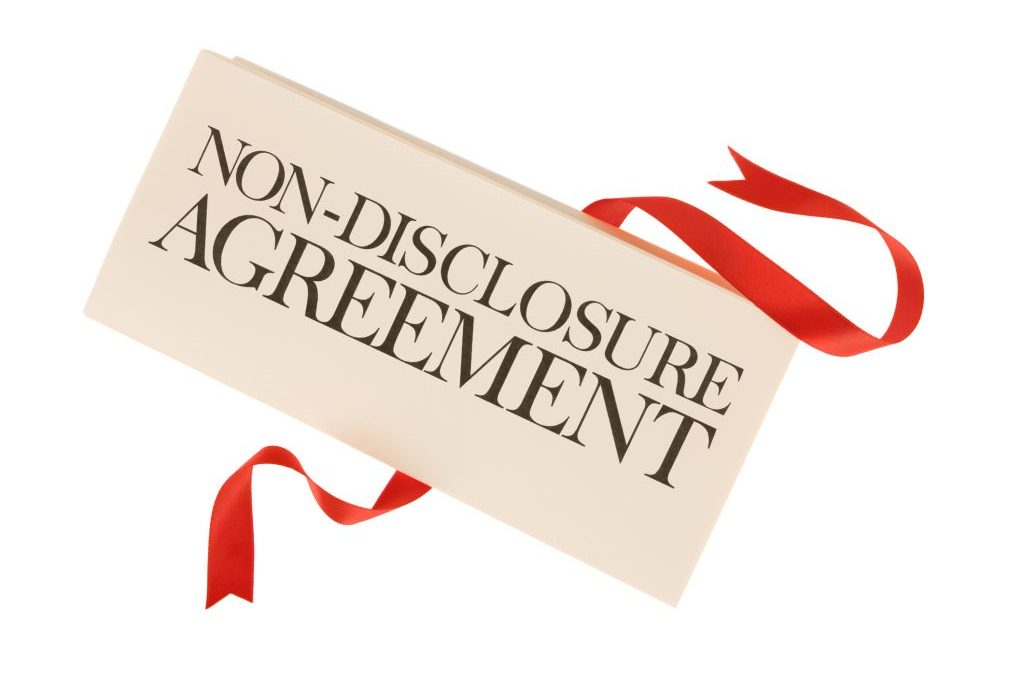A confidential information nda is a legal contract that prohibits one party from disclosing another party’s sensitive business information.

The meaning of sensitive information A nondisclosure agreement is a legal contract that prohibits one party from disclosing the secret business information of another.
Table of Contents
Non-disclosure Contract (NDA)
A non-disclosure agreement (NDA), often known as a confidentiality agreement, is a contract between two persons that prohibits either side from disclosing sensitive information. When you sign an NDA, you promise not to disclose any sensitive information with anyone. NDAs are often classified into two types:
One side signs a contract declaring that they would not divulge sensitive information in this deal. This form of agreement is often entered into between an employer and an employee, or between a customer and a vendor.
Mutual: Both firms agree not to divulge sensitive information under a mutual agreement. This sort of NDA is less prevalent, however it is utilised when two firms are thinking about collaborating.
An NDA’s purpose is to keep a company’s intellectual property or secrets from becoming public knowledge.
An NDA’s Purposes
NDAs may be signed when a new employee is hired or when an employee decides to quit the company. NDAs are used for the following purposes:
Keep critical information private: An NDA is a legal agreement that all personal information will be kept private.
Maintains patent rights: Public awareness of innovations may make obtaining a patent on a product harder. An NDA may safeguard an inventor’s ability to patent a product.
Defines which phrases are and are not confidential: It might be difficult to determine precisely what a company want to keep private. A non-disclosure agreement (NDA) may clearly identify the components of the company that need not be discussed.
Important Legal Non-Disclosure Agreement Elements
An NDA must have the following characteristics in order to be legally enforceable:
The NDA’s purpose: An NDA should cover not just the components of the company that should be kept private, but also why they should be kept hidden.
The length of the NDA: An NDA should include a time restriction. In most circumstances, NDAs are established for four to five years, however this time frame might be extended for more sensitive material.
Parties with access to the NDA: The NDA should provide information on who has access to the NDA’s information.
Parties signing the NDA: The NDA should contain information about who is signing the contract.
Defining confidentiality terms: The contract should also specify how sensitive information may and cannot be utilised.
If you feel that sensitive material has been disseminated despite the existence of an NDA, you should speak with a lawyer. Begin gathering proof of the leaked material as soon as feasible to back up your case.
NDA-Restricted Information
Fortunately, many different forms of information may be protected by a non-disclosure agreement:
Processes include items like one-of-a-kind manufacturing and engineering processes.
Marketing campaigns and launch announcements are examples of strategies.
Specifications of designs: When a new design is made, this includes the blueprints or patent filings.
Formulas: These are the ingredients that go into making a product.
Actual devices: These are the items or other physical equipment utilised in the production of a product.
Software programmes: This category comprises software applications that have not yet been made available to the general public.
Customer and client lists: These are the clients or suppliers that a company uses.
There are various sorts of information that are not covered by a non-disclosure agreement:
Before knowledge: If the employee was already aware of the information prior to signing the contract.
If the material is already known to the general public, it cannot be included in an NDA.
If secret material has already been published by a third party.
Legal release: If a court declares that the material must be published, it cannot be protected by an NDA.
Prior authorization: If the information has already been approved, the individual may distribute it.
Reverse engineering: If the information may be readily identified by the general public via reverse engineering procedures.
NDAs may be an excellent way to safeguard sensitive information. They do, however, have restrictions, and proving a breach of contract may be difficult.
